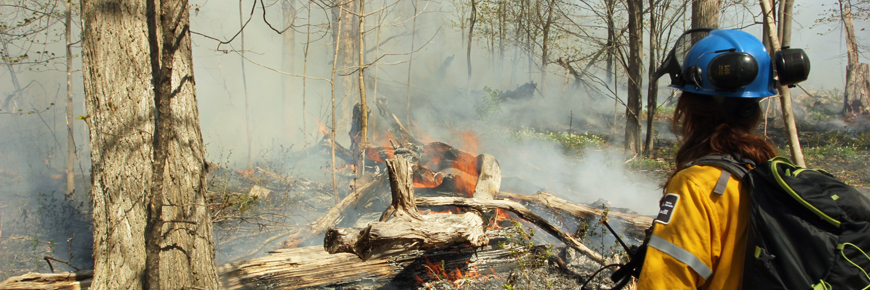
Nature and science
Thousand Islands National Park
As a small protected area in the heart of the Thousand Islands, Thousand Islands National Park works to promote sustainable recreation while protecting the land and wildlife that make the area a popular tourist destination. The park is located in an area of rich biodiversity and is home to many species at risk.
Thousand Islands National Park consists of several ecologically important mainland properties and more than 20 islands between Kingston and Brockville. The Mallorytown Landing Visitor Center offers an introduction to the park with a hiking trail and interpretive programs.
The park is a key regional partner in encouraging sustainable lifestyles and in protecting the ecosystems of the Frontenac Arch Biosphere Reserve. The Biosphere Reserve, officially designated by the United Nations in 2002, recognizes the region as a place where people live, work, and enjoy a variety of economic and recreational activities based on respect for the environment.
Established in 1904 as the first Canadian national park east of the Rockies, Thousand Islands National Park celebrated its centennial in 2004. The unique ecosystem of the park will be preserved as a legacy for the next century and beyond.
You are invited to experience Thousand Islands National Park and enjoy the beauty of this fascinating region!
Environment
Come discover this natural environment for yourself – you’ll see why it was so critical to protect it and why this territory warranted being designated a national park.
Discover unique features
Conservation
The unique topography of the Frontenac Arch and the transition zone between boreal and deciduous forests create microhabitats which help support one of the highest biodiversity’s in Canada and a high number of species at risk. Learn more about how the park is monitoring, conserving, and restoring this outstanding and important Canadian landscape.
Conservation projects
Related links
- Date modified :